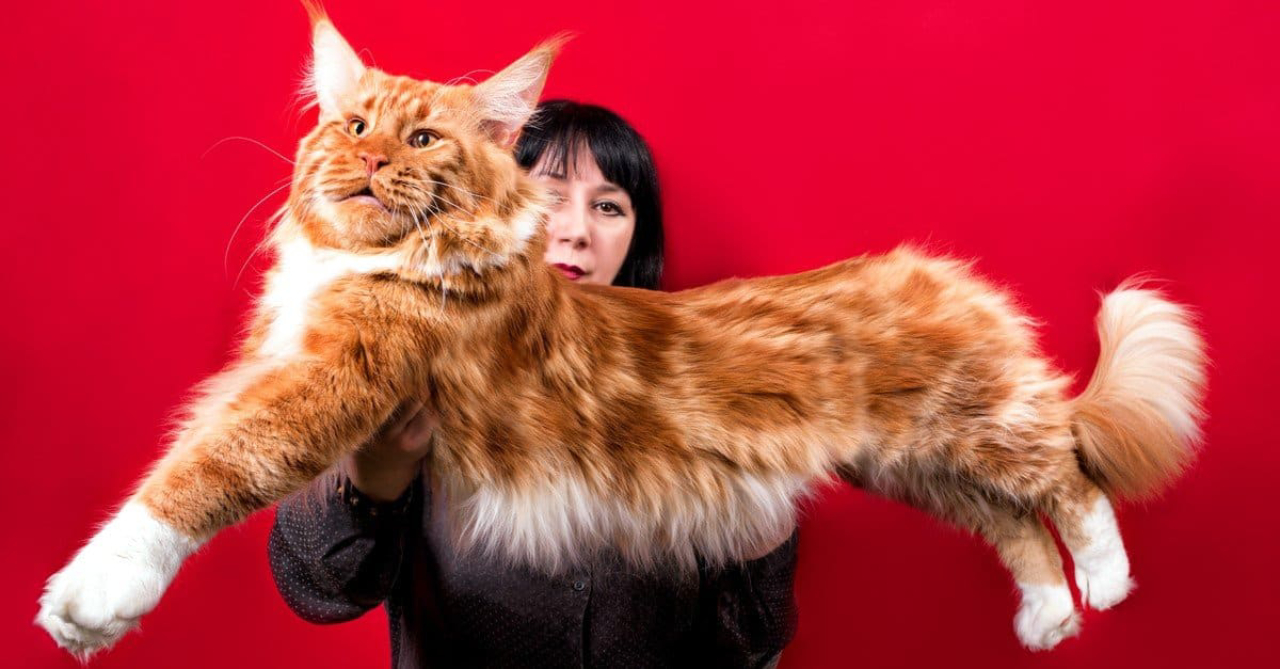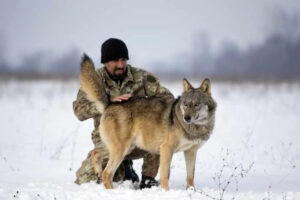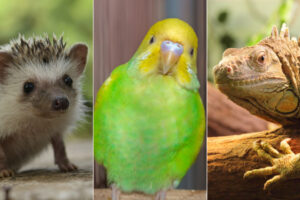Introduction
Domestication is a process that has shaped our relationship with animals for thousands of years. It refers to the taming and breeding of wild animals to adapt them to human environments, behaviors, and needs. While many species have been successfully domesticated, such as dogs, cattle, and even small cats, the question remains: Has a large cat ever been completely domesticated? In this article, we will explore the complexities surrounding the domestication of large cats, examining genetic and behavioral factors, the case of the domesticated cat, the role of human intervention, and the implications for wildlife conservation.
Can Large Cats be Domesticated?
Large cats, such as lions, tigers, and cheetahs, possess genetic and behavioral characteristics that make domestication challenging. Unlike dogs, which have undergone extensive selective breeding to create a wide range of breeds with varying temperaments, large cats have a limited genetic diversity. Their wild instincts and predatory nature also present challenges in terms of their behavior in domestic settings.
While complete domestication of large cats remains elusive, there have been instances of partially domesticated individuals. For example, in some countries, people keep tigers as pets or in private collections, but these cases are often controversial and require special permits due to the risks involved. The partial domestication of large cats highlights the difficulties and potential dangers associated with their ownership.
The Case of the Domesticated Cat
When discussing the domestication of large cats, it’s important to differentiate them from their smaller counterparts. The domesticated cat (Felis catus) is believed to have descended from wildcats that developed a mutually beneficial relationship with humans thousands of years ago. The domestication of small cats differs significantly from that of large cats due to various factors, including size, behavior, and evolutionary history.
Unlike large cats, domestic cats have undergone a prolonged and multifaceted domestication process. They have been selectively bred for specific traits and have adapted to live alongside humans, forming a unique bond. The domesticated cat’s behavior, size, and genetic characteristics make it distinct from large cats, emphasizing the challenges in domesticating their larger counterparts.
The Role of Human Intervention
Human intervention plays a crucial role in the domestication of animals. Selective breeding, in particular, has been instrumental in shaping the characteristics of domesticated species. Over generations, humans have selectively bred animals with desirable traits, such as tameness, smaller size, and reduced aggression. However, when it comes to large cats, the limited genetic diversity and the challenges associated with their behavior make the process of selective breeding more difficult.
Human interaction with large cats can influence their behavior to some extent, but complete domestication is unlikely. Even when raised in captivity from a young age, large cats retain their wild instincts and can exhibit unpredictable behavior. While some individuals may appear tame, it’s important to remember that they are still inherently wild animals.
Wildlife Conservation and Domestication
When considering the domestication of large cats, ethical considerations and wildlife conservation efforts come into play. Large cats are often endangered species, and their conservation in the wild is of utmost importance. Promoting the domestication of large cats could lead to a rise in illegal wildlife trade and threaten their already fragile populations.
Conservation efforts focus on protecting and preserving the natural habitats of large cats, promoting sustainable practices, and reducing human-wildlife conflict. Balancing domestication and conservation is a delicate task, as the ultimate goal is to ensure the survival and well-being of these magnificent creatures in their natural environments.
Conclusion
In conclusion, the complete domestication of large cats remains a complex and challenging endeavor. Their genetic and behavioral characteristics, coupled with ethical and conservation concerns, make it unlikely for large cats to be fully domesticated. While there have been instances of partial domestication, these cases often come with risks and controversies.
It is crucial to appreciate the beauty and magnificence of large cats in their natural habitats and to focus on efforts to conserve and protect them. By understanding the limitations and challenges surrounding their domestication, we can better appreciate their unique place in the animal kingdom.








